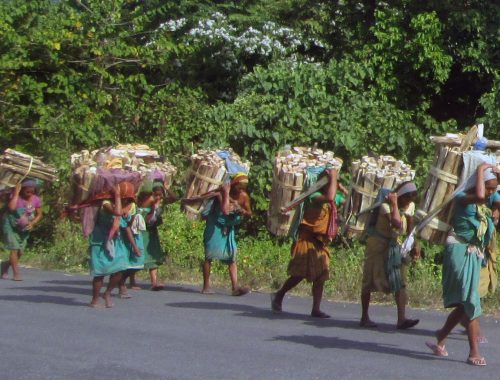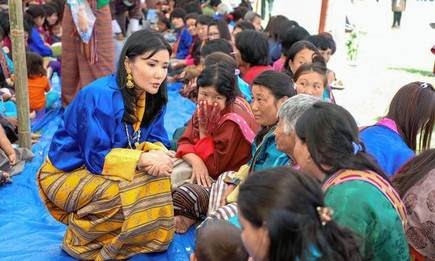A month ago, community radio stations in Bangladesh started broadcasting information related to a quickly spreading threat: COVID-19. The amount of this content escalated rapidly: from 25 hours by March 23rd, to 40 hours three days later.
These 16 stations are non-commercial, donor-supported, locally run, and mostly volunteer-operated. They’re especially useful to communicate with people with low or no literacy, or to keep up with the quickly changing situation on the ground. NGOs like Translators without Borders, which generally depend on face-to-face interaction in Bangladesh, are turning to other formats. “Some of the partners that we’re working with are using radio, which of course is ideal,” says Ellie Kemp, head of crisis response for Translators without Borders.
Mark Manash Saha, the program coordinator of the Bangladesh NGOs Network for Radio and Communication (BNNRC), says that the community radio stations typically broadcast information on relevant health topics, from family planning to vaccination. Of course, these aren’t typical times. “The situation is deteriorating very fast,” Saha notes of the spread of COVID-19 in Bangladesh. There’s been limited testing of Bangladeshi nationals returning from other countries in recent weeks, amidst shortages of testing and other equipment. And as one of the world’s most densely populated countries, it will be very challenging to maintain social distancing, or even the prevention of large gatherings, in Bangladesh. (The government has shut the country’s largest brothel, amidst other containment measures.)
There’s a hunger for accurate information, and community radio stations are a part of this response. According to Saha, these FM stations have a collective audience of 6.8 million people. These include people who listen via their cellular phones, from farmers in their fields to homemakers in their homes. As for the broadcasters, Saha estimates that ¾ of the volunteers are staying away from the studio. He says that the volunteers are working with local coronavirus prevention committees, and collecting information over the phone.
This content is locally produced, after being checked by Saha, but the medical advice is taken from Bangladeshi medical experts, the World Health Organization, UNICEF and the national government. Here’s an example of an exchange (translated by Abdur Rahman):
A month ago, community radio stations in Bangladesh started broadcasting information related to a quickly spreading threat: COVID-19. The amount of this content escalated rapidly: from 25 hours by March 23rd, to 40 hours three days later.
These 16 stations are non-commercial, donor-supported, locally run, and mostly volunteer-operated. They’re especially useful to communicate with people with low or no literacy, or to keep up with the quickly changing situation on the ground. NGOs like Translators without Borders, which generally depend on face-to-face interaction in Bangladesh, are turning to other formats. “Some of the partners that we’re working with are using radio, which of course is ideal,” says Ellie Kemp, head of crisis response for Translators without Borders.
Mark Manash Saha, the program coordinator of the Bangladesh NGOs Network for Radio and Communication (BNNRC), says that the community radio stations typically broadcast information on relevant health topics, from family planning to vaccination. Of course, these aren’t typical times. “The situation is deteriorating very fast,” Saha notes of the spread of COVID-19 in Bangladesh. There’s been limited testing of Bangladeshi nationals returning from other countries in recent weeks, amidst shortages of testing and other equipment. And as one of the world’s most densely populated countries, it will be very challenging to maintain social distancing, or even the prevention of large gatherings, in Bangladesh. (The government has shut the country’s largest brothel, amidst other containment measures.)
There’s a hunger for accurate information, and community radio stations are a part of this response. According to Saha, these FM stations have a collective audience of 6.8 million people. These include people who listen via their cellular phones, from farmers in their fields to homemakers in their homes. As for the broadcasters, Saha estimates that ¾ of the volunteers are staying away from the studio. He says that the volunteers are working with local coronavirus prevention committees, and collecting information over the phone.
This content is locally produced, after being checked by Saha, but the medical advice is taken from Bangladeshi medical experts, the World Health Organization, UNICEF and the national government. Here’s an example of an exchange (translated by Abdur Rahman):



